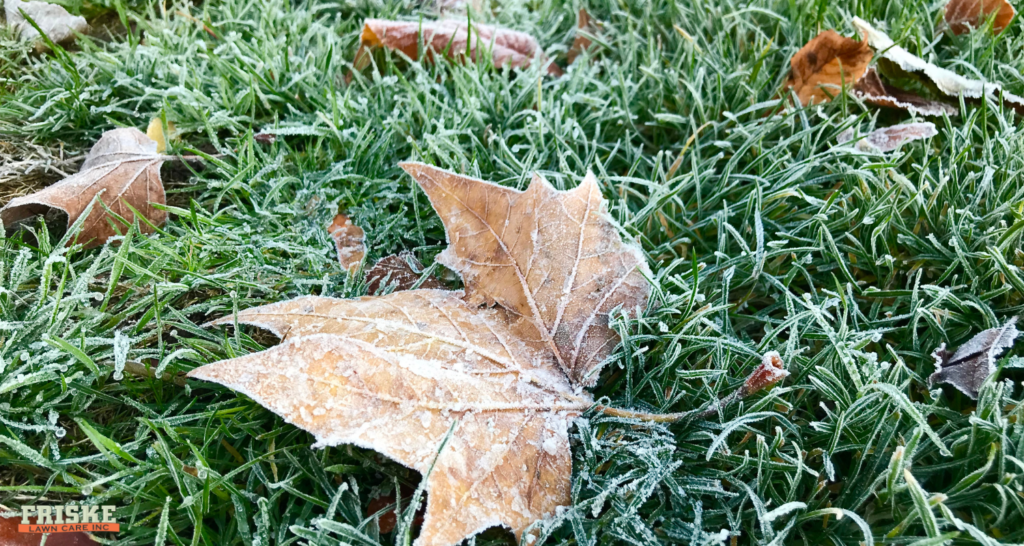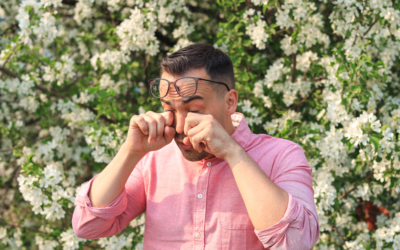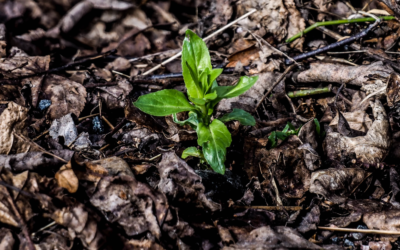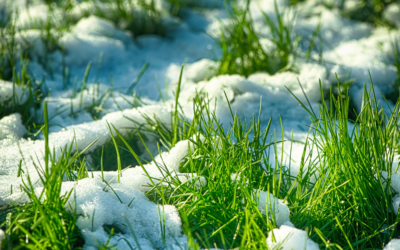As autumn settles in and temperatures start to drop, a common question we get from Madison area homeowners is: “When should I stop mowing my lawn for the year?” It can feel a bit confusing – after all, we don’t want to mow too early and leave the grass overgrown, but we also don’t want to stress it out before winter hits. Here’s a simple guide to help you decide when it’s finally time to put the mower away for the season and let your lawn rest.
Why Grass Dormancy Matters
First, it helps to understand a bit about grass dormancy. Think of dormancy like the lawn’s way of hibernating. As soil temperatures drop, cool-season grasses (like Kentucky bluegrass, fescues, and ryegrass, which are common in Madison) start preparing for winter. They slow down their growth and focus energy on preserving their roots, which helps them survive the cold months.
For most lawns in our area, dormancy kicks in when soil temperatures stay below 40 degrees Fahrenheit. In practical terms, this usually means sometime between late October and early November. But since Madison’s weather can be unpredictable, here are a few signs to watch for to know if your grass is done for the season.
Signs It’s Time for the Final Mow
Instead of focusing on the calendar, try watching your lawn’s growth patterns and keeping an eye on the weather. Here are some clear signals that your grass is getting ready for winter:
- Slower Growth
If you’re noticing that the grass isn’t growing much between mows – maybe less than half an inch over a couple of weeks – it’s a good sign that dormancy is on its way. This is one of the easiest ways to tell when the grass is winding down for the year.
- Chillier Temperatures
Consistently cooler days also give a good hint. When daytime highs stay below 50 degrees, your grass will slow considerably. If nights are regularly dipping below freezing, that’s a surefire signal that it’s time to think about the last mow.
- Soil Temperature Check
If you’re really curious, you can grab a soil thermometer and check temperatures directly. Once your soil is staying below 40 degrees, your grass is essentially “clocking out” for the season.
The Final Mow – Keeping It Just Right
For the last mow, you’ll want to adjust your mower height to around 2.5-3 inches. This might sound specific, but it actually makes a big difference. A little shorter cut helps prevent the grass from matting under snow, which can lead to mold. But you don’t want to go too short either, as that can stress the grass and leave roots more vulnerable to the cold.
Why Not Just Stop Mowing Early?
Stopping mowing too soon can leave your lawn too long for the winter, which increases the risk of issues like mold and bare spots come spring. Longer grass can bend under the weight of snow, trapping moisture that leads to fungal diseases. Keeping up with mowing until dormancy fully kicks in ensures your lawn stays tidy and healthy for the long winter ahead.
Wrapping Up for Winter
After the final mow, it’s time to give some TLC to your mower. Clean the blades, change the oil if needed, and store it properly so it’s ready to go next season. You might also consider applying a winterizing fertilizer, which can help your grass store energy and come back stronger in spring.
In a Nutshell
In Madison, your last mow typically falls around late October or early November, depending on the weather. By keeping an eye on how your grass is growing and watching those temperatures, you’ll know when it’s time to officially wrap up lawn care for the year. A well-timed final mow and a bit of prep can make a big difference, helping your lawn emerge healthy and lush when spring rolls around. And if you’d rather leave it to the pros, Friske Lawn Care is here to handle your fall and winter prep, so your lawn is in perfect shape for the seasons ahead. Reach out for a free quote!




